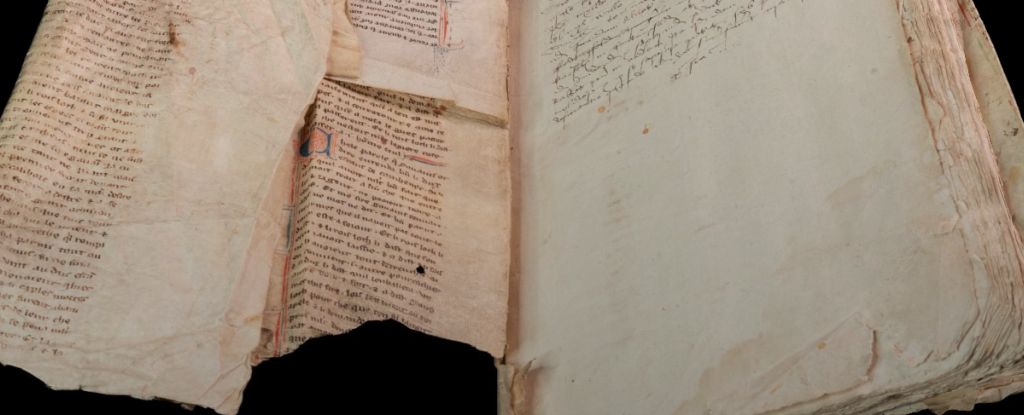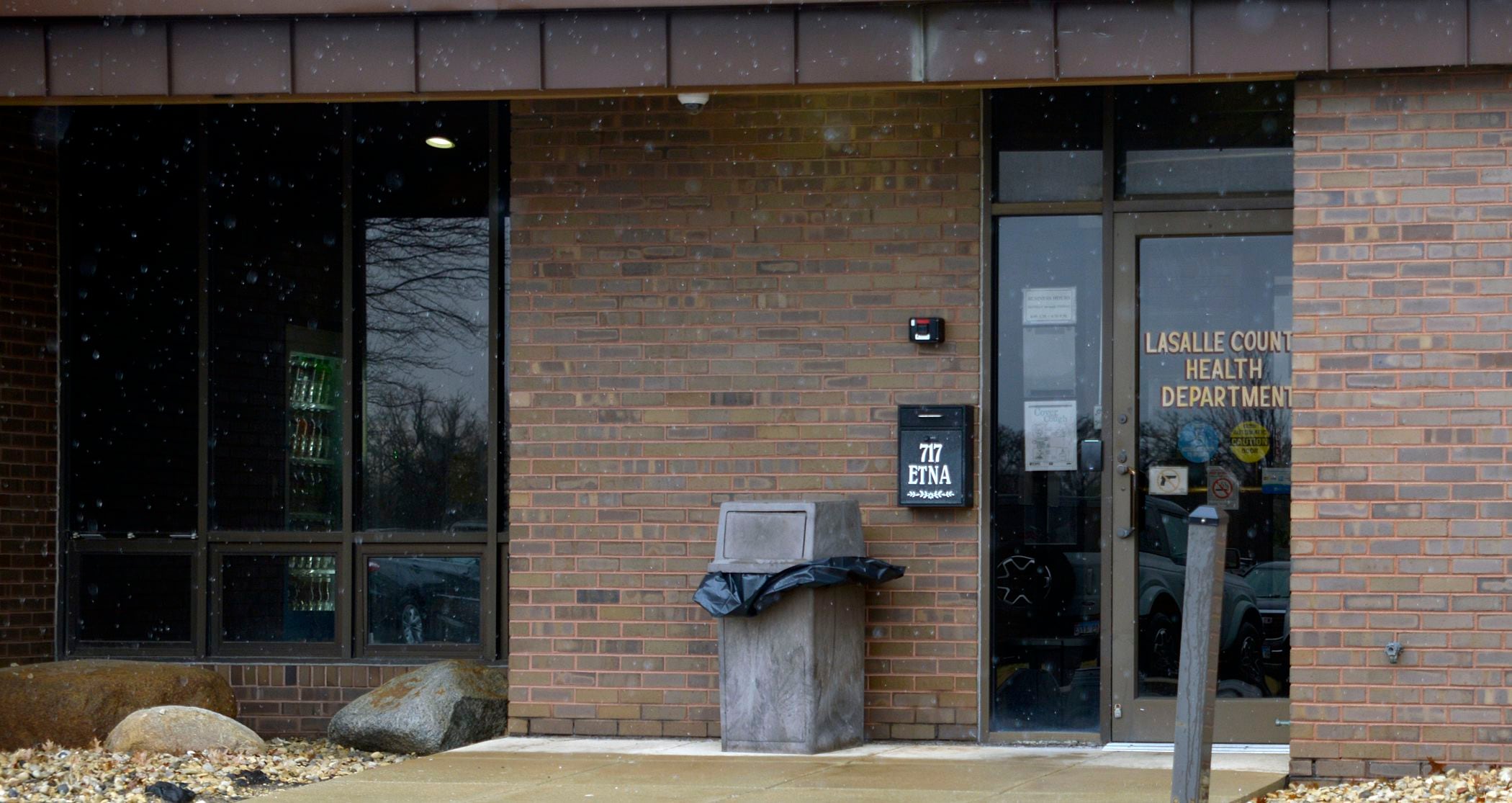A piece of parchment wrapped around a 16th century volume of property records has turned out to be a treasure beyond archivists' wildest dreams. Folded, stitched, torn, and worn, the hand-written manuscript is a fragment of the Suite Vulgate du Merlin , a rare French sequel to the British tales of King Arthur and his court, penned between 1275 and 1315 CE. There are fewer than 40 copies of the once wildly popular manuscript that have survived to this day, each a little different from the others, making this discovery the find of a lifetime.
"It was first thought to be a 14th century story about Sir Gawain," explains archivist Irene Fabry-Tehranchi of the University of Cambridge in the UK, "but further examination revealed it to be part of the Old French Vulgate Merlin sequel, a different and extremely significant Arthurian text." The manuscript had actually been hiding in plain sight for quite some years in the collection of the Cambridge University Library, overlooked as a piece of parchment binding a book of property records from Huntingfield Manor in Suffolk , a house later owned by the Vanneck family of Heveningham. It was identified as something unusual by an eagle-eyed archivist in 2019, but because of how it had been repurposed, its contents were impossible to read.

Removing and unfolding the manuscript would have damaged its fragile parchment, potentially rendering it unreadable. It would also have damaged the property record, which is a valuable book in its own right. "It's not just about the text itself, but also about the material artifact," Fabry-Tehranchi says .
"The way it was reused tells us about archival practices in 16th-century England. It's a piece of history in its own right." Science, however, has become much, much better at peering into old, fragile, damaged written works.
Imaging tools have been used to reconstruct the contents of scrolls charred by the eruption of Vesuvius in 79 CE. Archivists have even managed to reconstruct the sodden brick of the Faddan More Psalter , found in an Irish peat bog. This mystery scrap of parchment, crabbed with Old French, recycled into the binding of someone's personal records, was a challenge.
.. but not, given human ingenuity and tenacity, an insurmountable one.
Rather than tear the manuscript from the record, the researchers applied a variety of imaging techniques to digitally unfold and see through the paper to read the writing thereon. Multi-spectral imaging captured every aspect of the parchment in multiple wavelengths, from infrared to ultraviolet, to reveal the text, even where it had been worn beyond legibility in visible light. CT scanning used X-rays to provide a 3D model of the fragment.
This not only aided its digital unfolding, it revealed the intricate details of the techniques used to bind it into another book. That 3D model was then studied in exhaustive detail, using tools such as prisms and mirrors to photograph the manuscript from every possible angle to reveal the parts of it that had been tucked out of reach. "This project was a fabulous opportunity to employ all possible advanced imaging techniques from our photographic arsenal," says head of Cultural Heritage Imaging Laboratory Maciej Pawlikowski of Cambridge University Library.
"And each of them brought something very important to light. This resulted in the creation of a set of unique digital objects which placed the original fragment in a whole new context and has transformed our understanding of it." Human minds then provided the translation skills to read the manuscript, revealing two episodes from the Suite Vulgate du Merlin .
In one, the knight Gauvain ( Gawain ), wielding the sword Excalibur, and sitting astride his horse Gringalet ( Gringolet ), led his fellow knights to victory against the Saxon kings Dodalis, Moydas, Oriancés, and Brandalus. Dodalis, notably, was miswritten as "Dorilas", giving the researchers a clue to trace where the document fits with the other surviving manuscripts. The second episode involves Merlin appearing in disguise as a blind, magnificently clad harpist before Arthur, Guenevere, and their assembled court at the Feast of the Assumption of the Virgin Mary.
He advises Arthur to bear a standard into battle; that standard becomes a fire-breathing dragon that wins the day for our hero. It's fantastic stuff, but the implications go far beyond one manuscript. "This project was not just about unlocking one text – it was about developing a methodology that can be used for other manuscripts," Fabry-Tehranchi says .
"Libraries and archives around the world face similar challenges with fragile fragments embedded in bindings, and our approach provides a model for non-invasive access and study." You can read more about the manuscript on the Cambridge Digital Library website ..
Top

Rare Arthurian Sequel Featuring Merlin Found Binding Medieval Record

"It's a piece of history in its own right."











